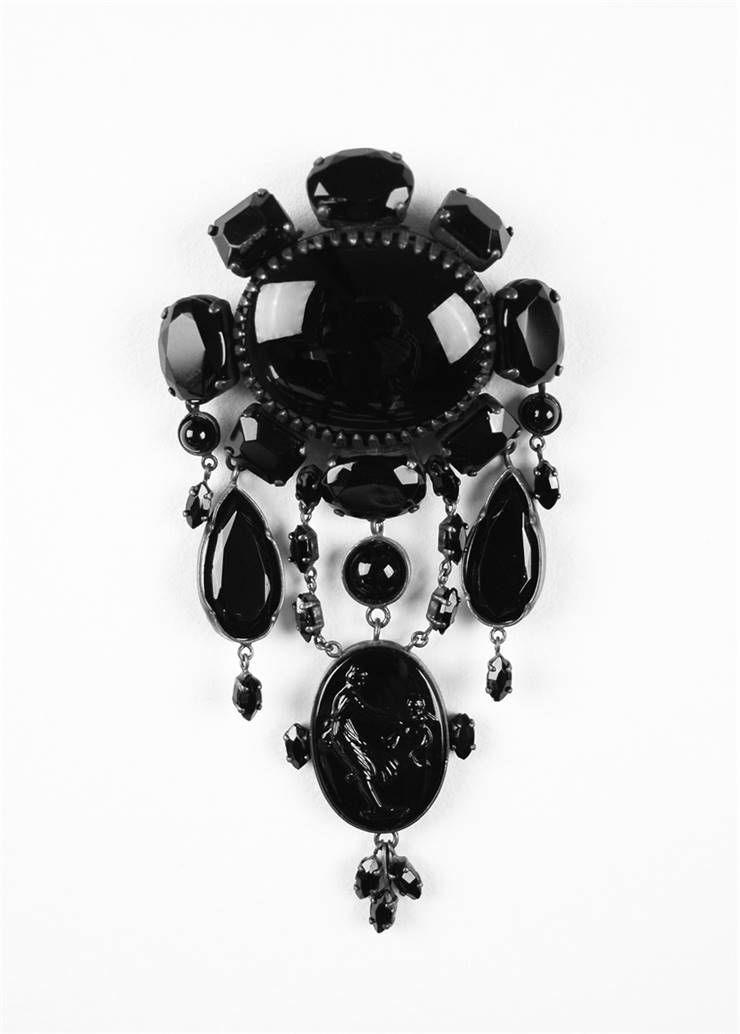History of Romanticism Jewelry
After the tremendous expansion of human knowledge, science and technology that happened by the end of Renaissance, jewelry received one of the largest expansions of style and influence during the reign of English Queen Victoria. Her pensionable love toward her husband, art and jewelry managed to sway traditions and change fashion styles several times during her long reign from 1837 to 1901. One of the largest contributors to the expansion of jewelry during those times can be found in the effects of Industrial Revolution, which enabled growth of the middle class that could afford to buy and use cheaper jewelry on daily basis. Great intake in production of industrially made jewelry (often produced from cheaper materials and gemstone substitutes) enabled faster adoption and quicker reaction to fashion changes. Higher class however did not stand idle, and demanded creation of more technically superior and artfully made jewelry items made from precious metals and popular gems (mostly diamonds).
Influence of Queen Victoria contributed to the three distinct fashion changes that had great impact on jewelry production in Europe and America.
Romantic Period (1837 - 1860) - Under the influence of newly created organized archeological work, public became fascinated with the ancient treasures and fashion styles from the Medieval and Renaissance periods. This period that lasted over 20 years can easily be described with its use of romantic motifs - hearts, anchors, snakes and crosses.

Grand Period (1861 - 1885) - Jewelry from this period was much more somber, dramatic and heavy. Often replicating patterns designs found in older styles (renaissance, gothic), this era was also remembered for the introduction of "mourning" jewelry. Before that time mourning periods demanded that all jewelry must be removed, but under the influence of Queen Victoria this changed by introduction of jewelry made from jet, onyx and black glass.
Aesthetic Period (1880 - 1901) - Again returning to more cheerful themes of love, designs from Aesthetic period featured hearts, stars, crescent moons, insects, reptiles and animals.
Late years of romanticism are today remembered as the time when some of the greatest jewelry creations of all time were made. Such marvels of human art can be found in the works of Russian artist Peter Carl Fabergé, who created his famous Imperial Fabergé eggs for tsars Alexander III and Nicholas II of Russia.

